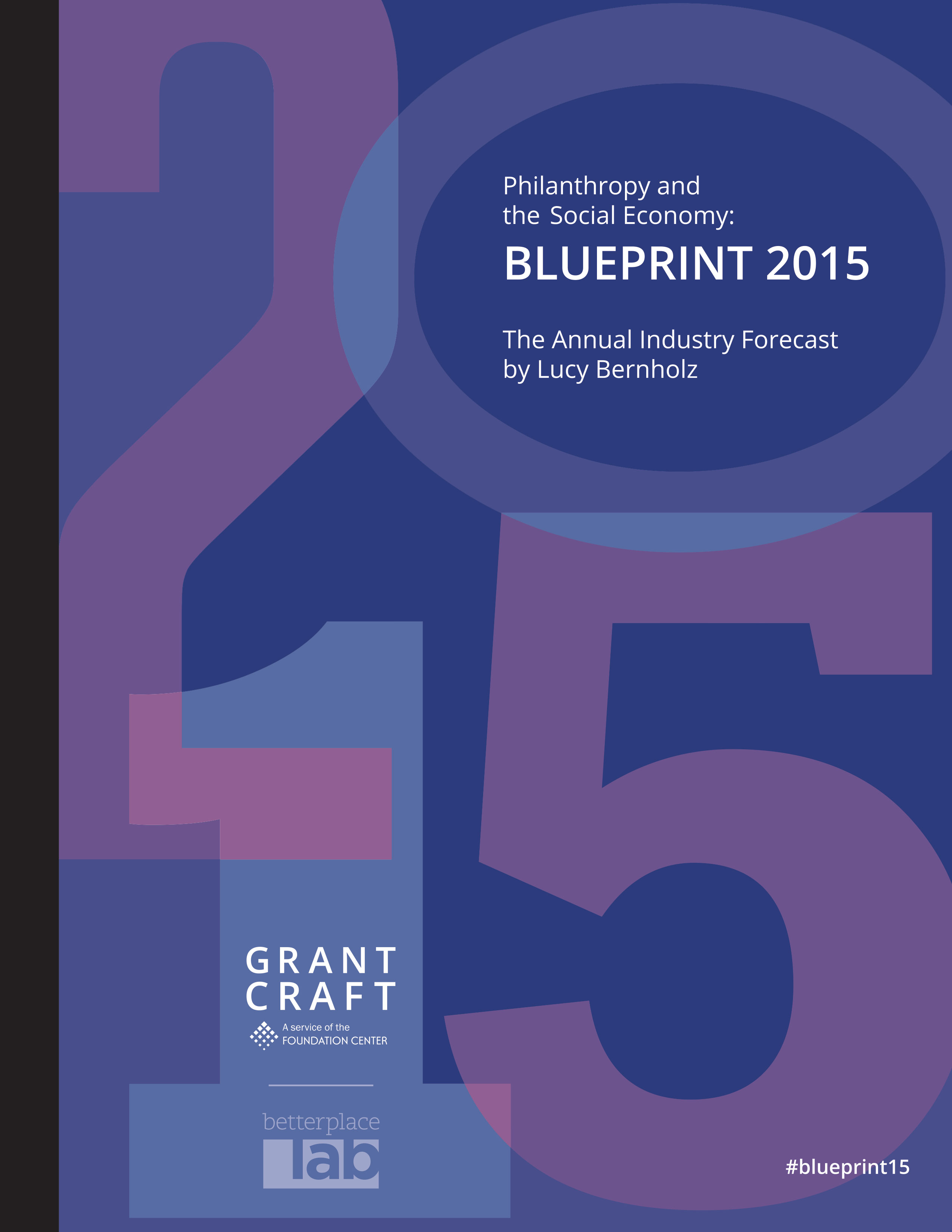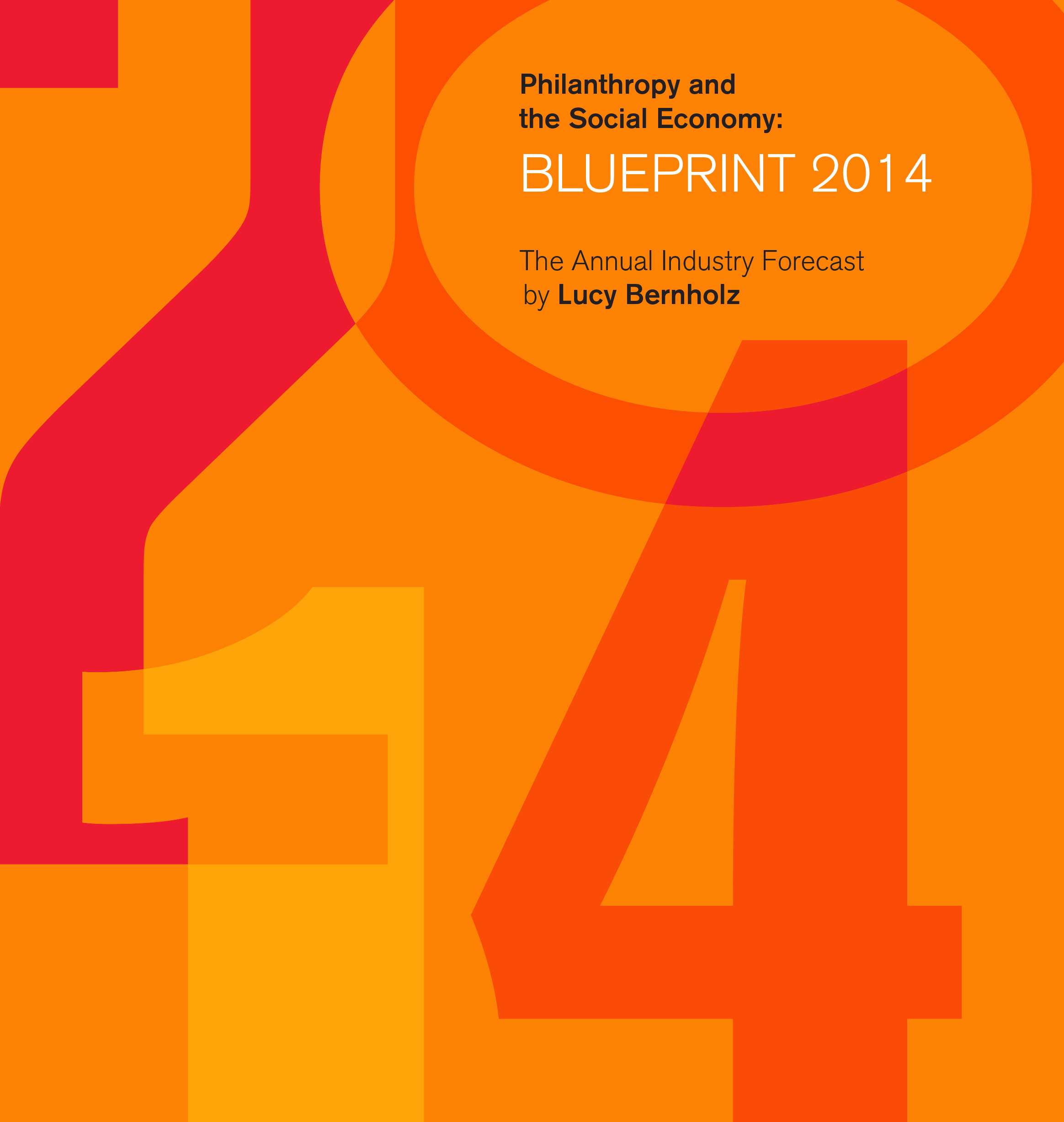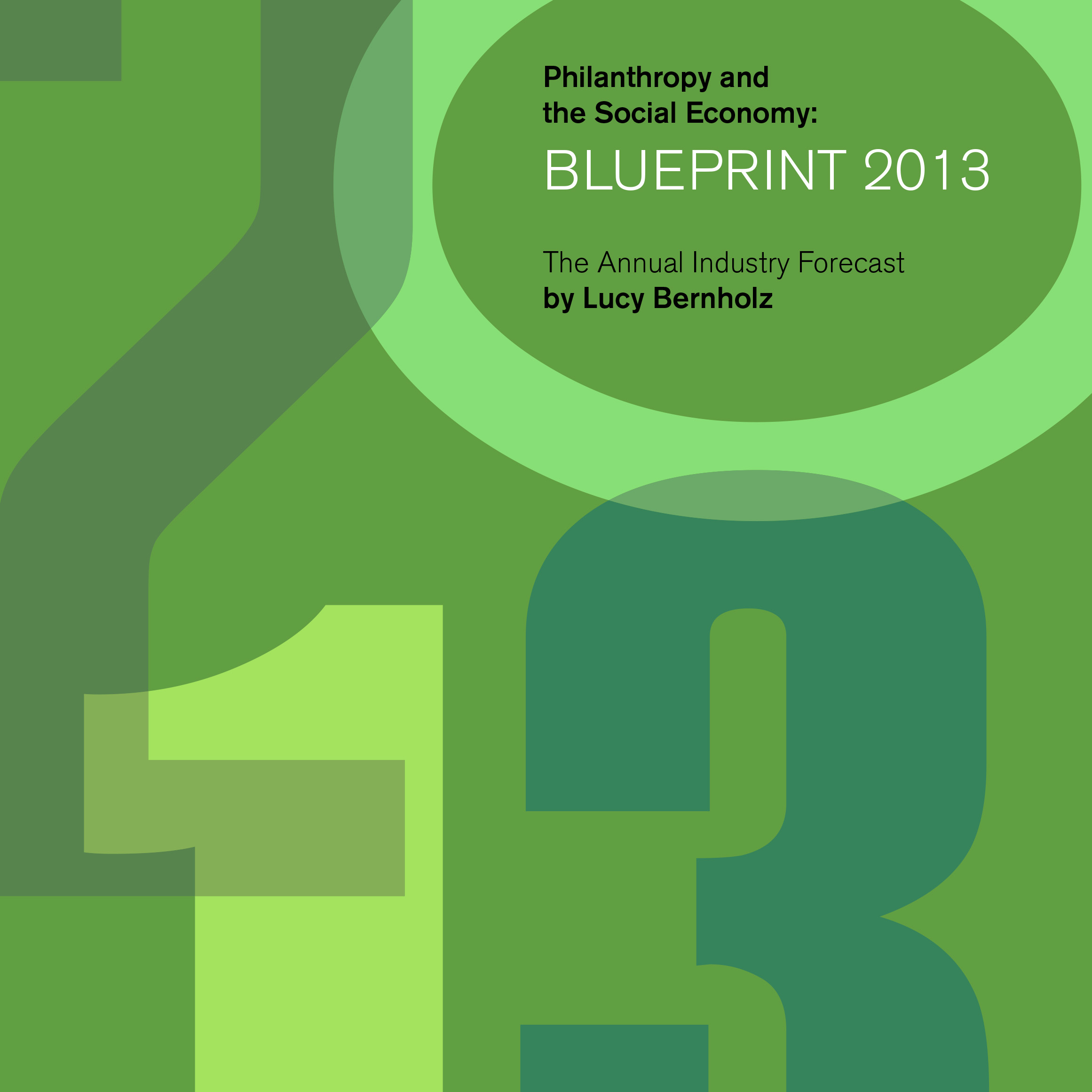Bonus Buzzwords The design edition
Design Thinking
Professional designers often take a surprisingly methodological approach to creativity. The catchall phrase for this approach is design thinking. Heavily influenced by the design field’s work with material and product development, design thinking is a user-centered approach to developing something — a strategy, event, process, or practice. Design thinking (and its corollaries, human-centered design or user-centric design) includes each of the buzzwords below (plus many more).
Ideate
Designers don’t think or brainstorm, they ideate.
Prototyping
Building a visible, tangible version of an idea — the rougher the better. Prototyping can be done on paper or with pipe cleaners and tape. The goal is to show an idea in its most basic possible version so others (especially potential users) can react and provide input. The feedback is used, and more refined prototyping ensues. The process of refining a prototype is one of iterating (see the last Buzzword).
User Testing
Getting feedback and input from the intended participants or beneficiaries. It’s a good idea (if their input is actually taken into account). Pivot. It used to be that if something failed, it failed. Now, when something’s not working, whether it's a business model or program strategy, you just pivot — Silicon Valley–speak for what you do when your original idea doesn’t work. Nonprofits have been slower to embrace the power of failure, although Engineers Without Borders is leading the way with its annual Fail Report, and the related organization, Fail Forward.
Takeaways are critical, bite-sized resources either excerpted from our guides or written by Candid Learning for Funders using the guide's research data or themes post-publication. Attribution is given if the takeaway is a quotation.
This takeaway was derived from Philanthropy and the Social Economy: Blueprint 2015.



